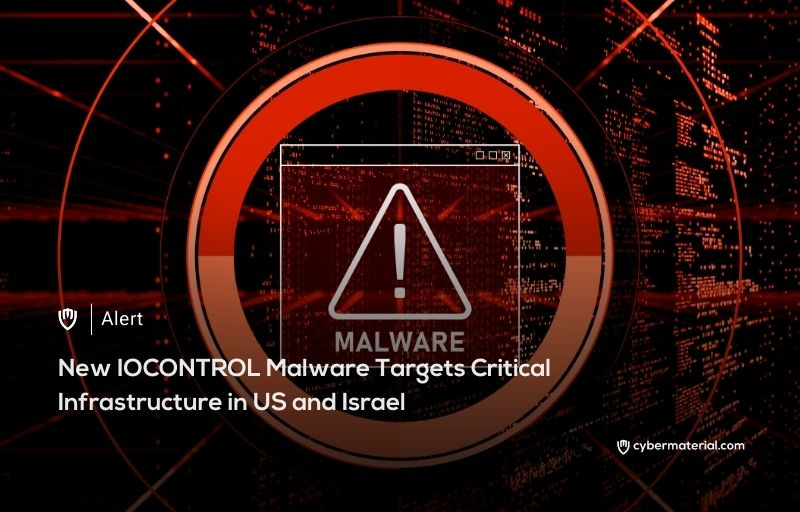
A newly discovered malware strain named IOCONTROL poses a significant threat to operational technology (OT) and Internet of Things (IoT) systems. First identified in December 2024, it primarily targets fuel-management infrastructure in the United States and Israel. This Linux-based malware has been linked to the pro-Iranian hacktivist group Cyber Av3ngers, which has previously focused on anti-Israeli cyberattacks. The emergence of IOCONTROL highlights the increasing risks to critical infrastructure, especially as geopolitical tensions escalate.
IOCONTROL employs advanced evasion techniques, such as a modified UPX packer, which alters binary magic values to hinder static analysis. Flashpoint researchers demonstrated that by restoring the original magic bytes, the malware can be decompressed. Once deployed, IOCONTROL establishes persistence through a multi-stage process. It creates two directories, /tmp/iocontrol/ and /etc/rc3.d/, and assigns them full read, write, and execute permissions. A bash script is then injected into the startup sequence to ensure the malware restarts if interrupted by security tools.
The malware’s command-and-control (C2) communications rely on the MQTT protocol, commonly used in IoT environments. This lightweight messaging standard helps IOCONTROL bypass traditional network monitoring systems. The malware also establishes a secure C2 connection by querying CloudFlare’s DNS and transmitting encrypted beacon packets containing system metadata. The encryption uses AES-256-CBC, with keys derived from environment variables set during execution. These measures ensure the malware remains covert and difficult to detect by conventional security tools.
Flashpoint’s investigation revealed attempts by IOCONTROL’s developer to sell the malware on underground forums like BreachForums, raising concerns over its proliferation across various cybercriminal groups. The ongoing development of IOCONTROL presents significant challenges for defenders of OT and IoT systems. To mitigate the risks posed by this malware, organizations must prioritize firmware patching, network segmentation, and anomaly detection, particularly for MQTT traffic. The increasing sophistication of IOCONTROL signals the need for more robust cybersecurity strategies to protect critical infrastructure from evolving cyber threats.
Reference:
The post IOCONTROL Malware Targets US and Israel first appeared on CyberMaterial.


